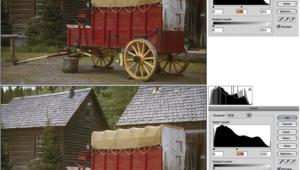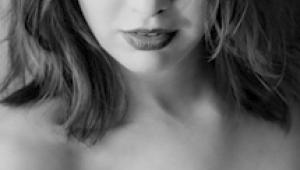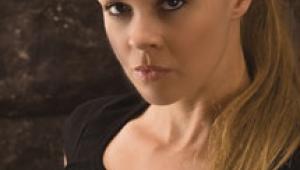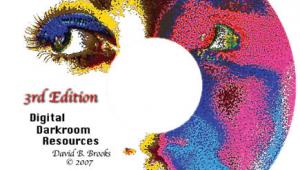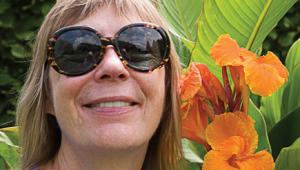Black And White In Digital
Learning About Gray Scale
To photographers black and
white has an historic significance, for many an aesthetic advantage,
and it is a unique way to photograph. Distinguished altogether from
color by different films, papers, and processes. When photography is
digitized, black and white becomes gray scale, a subset of color using
essentially the same technologies and processes. In addition to the
paradigm shift in mindset that digitization requires because a computer
processes gray scale and color in essentially the same manner. A photographer
has to think about photographs from a different perspective whether
color or black and white when an image is translated from film to digital.
Classically, a photographic image was inextricably bound to the physical
medium with which it was created, a photograph was a physical object,
an artifact on film or paper. The process of reproduction was also one
of physical means and attributes, and by which manipulation only a limited
degree of interpretive alteration could be achieved. Ansel Adams likened
photographic printing to music by describing a photo negative as being
similar to a musical score, and a print created from that negative like
a performance of that composition. |
|||
The other part of a scanner's
capability that is too often given inadequate consideration is the software
driver. To scan black and white successfully, good manual control which
will support setting the range of the scan precisely in relationship to
an accurate, readable histogram, is key. As important as an easily controllable
tone curve tool. With the curve manipulation you can adjust the local
areas of density in an image to assure you have good detail and tone separation,
particularly in highlights and shadows. There is an alternative. If a
scanner's software supports outputting image data at the scanner's
input bit depth, either 12 or 14 bits for gray scale, then you can open
this high-bit data file in Adobe Photoshop, Corel PhotoPaint, Lasersoft
SilverFast Ai HDR, or Picture Window. The adjustment tools in these image
editors may be used to equalize the range of the image and adjust the
curve characteristics before converting to the computer's 8-bit
gray scale format for printing or other output. |
|||
Converting Color To
Black And White. Once a color image is digitized, it is deceptively
easy to make it black and white, by just changing the Mode to gray scale,
which is black and white in computer jargon. But, easy may not always
produce the best possible result. A picture that is striking for its color
may be dull in gray scale because there is too little distinction between
gray tones in areas of local contrast. With the computer, you can do the
same thing as a black and white photographer does using different color
filters over the camera lens. A yellow or red filter will darken blues
skies a little or a lot. You can do the same thing with a color image
before converting to gray scale. Just use either the Levels or Curves
dialog in Photoshop for instance, and to darken a sky click on the blue
channel and darken it by moving the center slider in Levels, or pull down
from the center of the curve straight line to make it a concave shape.
Or, lets say you took a picture of a teen-age boy in color and his zits
are like bright red traffic signals--he hates the picture. This time go
to the red channel and lighten it before converting the image to gray
scale. The zits will blend into the tone of his skin in black and white.
|
|||
So how do you get more ink,
more depth in prints of black and white images? The logical and obvious
solution would be to print the image as if it were color clicking on color
rather than gray scale in the print driver dialog. If you've tried
that you have likely experienced the fact the print isn't neutral
black and shade of grays, but it will have an undesirable coloration,
a putrid green tint or hideous lavender. So, what is the work-around? |
|||
Of course you might like a
different tonality applied to your ink jet black and white prints. How
might this be achieved? I'd suggest making a "test strip"
print. Open a black and white gray scale file of a subject in an image
editor like Photoshop, an image that has a distribution of a full range
of tones, and then convert it to RGB mode. Then using the rectangle selection
tool select a narrow, one to two inch, band across the full width of the
print. Use the Color balance dialog to shift the highlight, mid tone,
and shadow colors just a little. You might for instance mix two percent
red and two percent green which would produce a neutral brownish hue,
then add a little yellow to the highlights and a little blue to the shadows,
for one strip. You will notice subtle color changes on screen which will
give you some indication of what the printed tone may look like. Take
notes of what colors you've added to each strip. Close that selection
and do another next to it trying a different combination of added color.
And then another strip until the entire image is strips with different
variations. Now print the entire test strip image selecting color in the
printer driver. From the resulting test strip print let's hope you
find a print tone which is pleasing. If you find all of these trials have
too much color, then after adding colors with Color balance, open the
Hue/Saturation dialog and reduce the overall saturation. |
- Log in or register to post comments






